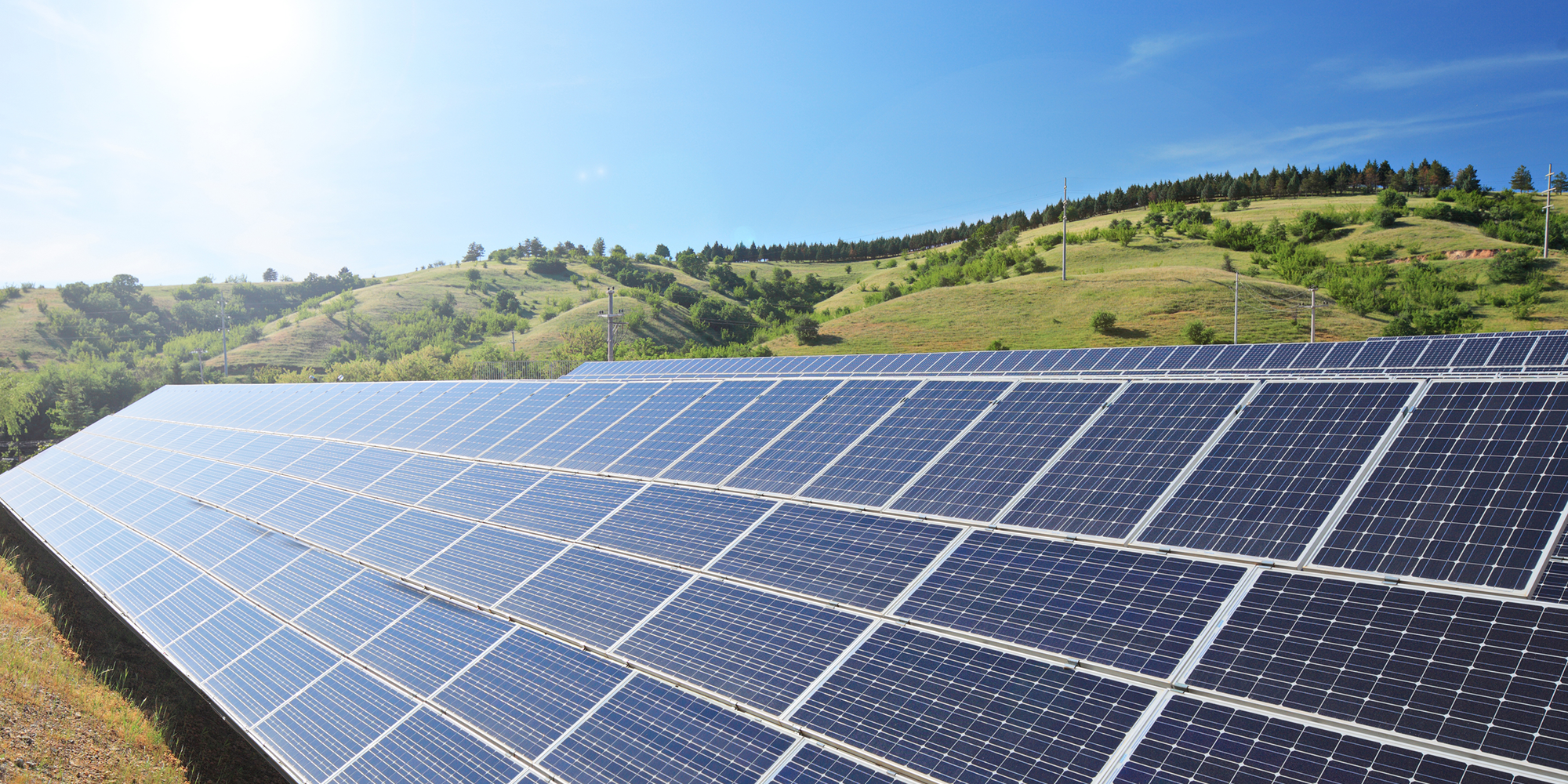Green bonds at a bargain price
The sustainable added value of green bonds is now available almost for free. However, a closer look reveals subtle differences between the sectors. How high these are and what lies behind them.
Author: Samuel Manser

The Green Bond offering of corporate bonds has developed from a niche segment into a significant and liquid market in recent years, which now accounts for over 5% of the outstanding volume of global investment-grade corporate bonds. During this growth, the yield disadvantages compared to ordinary bonds have narrowed significantly. Our calculations now show that green bonds are more favourable than ever before. This makes them an interesting addition to a portfolio of sustainable corporate bonds. However, yield disadvantages remain in segments where the supply of green bonds is scarce.
What are funds from green bonds used for? What is a "Greenium"?
Green bonds are used to finance projects that have a positive impact on the environment. In addition, investors typically benefit from dedicated reporting and external certification or a second-party opinion. This can lead to a difference in yield between an ordinary bond and a green bond, which is referred to as "greenium". This greenium can be easily determined if there is a green twin bond, such as the German government bond. However, this case is the exception, as green corporate bonds differ from normal bonds in terms of maturity, coupon, currency, liquidity and other factors. This makes it difficult to measure the greenium.
Greenium close to zero
In a previous blog post, we presented an approach that measures the greenium for the Swiss market. We are now applying this to global investment-grade corporate bonds. The chart below shows the development of the average greenium and the 95% confidence band since July 2020.

After the average greenium was clearly negative at the beginning, it has decreased since then. It currently averages only around 4 basis points (bps) but is statistically significantly different from zero. The sustainable added value offered by green bonds is available to investors at virtually zero cost.
Reasons for greenium erosion
The greenium is determined by supply and demand for green bonds. The supply has increased significantly in recent years. The chart below shows the strong growth since 2020. The share of green bonds has more than doubled to currently over 5% of the global investment-grade corporate bond market. The increasing supply of green bonds is leading to a decline in the greenium.

Subtle differences between the segments
Our approach also allows us to measure the greenium for individual segments. Here, too, we find that the scarcer the supply of green bonds, the higher the greenium, and vice versa. The greenium for EUR corporate bonds is zero, and their share is now 15%. For USD corporate bonds, it is a statistically significant 5 bps (on average). The share of green bonds in USD is only 2%, and growth has levelled off in the last year. Investors therefore have to accept a higher yield disadvantage for the scarce USD green bonds.
There are also differences between the sectors. The following table shows three sectors with the largest and smallest greenium for EUR corporate bonds. Sectors such as technology, energy and consumer goods have significant greeniums. These sectors also have the lowest proportion of green bonds. Sectors such as industry, real estate and car manufacturers, on the other hand, no longer have a statistically significant greenium. These sectors have a high proportion of green bonds. If the proportion of green bonds increases, the greenium also tends towards zero.
Sector |
Greenium (Bps) |
Share of green bonds |
Technology |
-16 |
4% |
Energy |
-10 |
3% |
Consumer Goods |
-8 |
2% |
Basic Industry |
6 |
8% |
Real Estate |
6 |
29% |
Automotive |
5 |
14% |
Source: Intercontinental Exchange (ICE), own calculations
Two takeaways for investors and issuers:
Firstly, the yield disadvantages of green bonds have decreased significantly compared to ordinary bonds. A key driver for this was the sharp increase in supply on the market. In segments such as EUR bonds, where growth has been particularly strong, the yield disadvantage has disappeared completely on average. The sustainable contribution of green bonds can therefore often be realised by investors without a reduction in yield.
Secondly, segments in which green bonds remain scarce, such as in the USD market or in certain sectors, continue to have a significant greenium. This can be an incentive for issuers in such sectors to benefit from lower financing costs with green bonds.
How do we estimate the Greenium for the bond market?
Each month, we estimate the greenium using a panel regression by regressing the spreads (interest rate premium on the risk-free swap interest rate) of the bonds on various control variables and a green bond indicator. The estimated coefficient of the green bond indicator reflects the average greenium in the market at the respective point in time. We control for duration, squared duration, currency indicator and issuer using a Bloomberg ticker dummy. We only use senior bonds for the regression.
